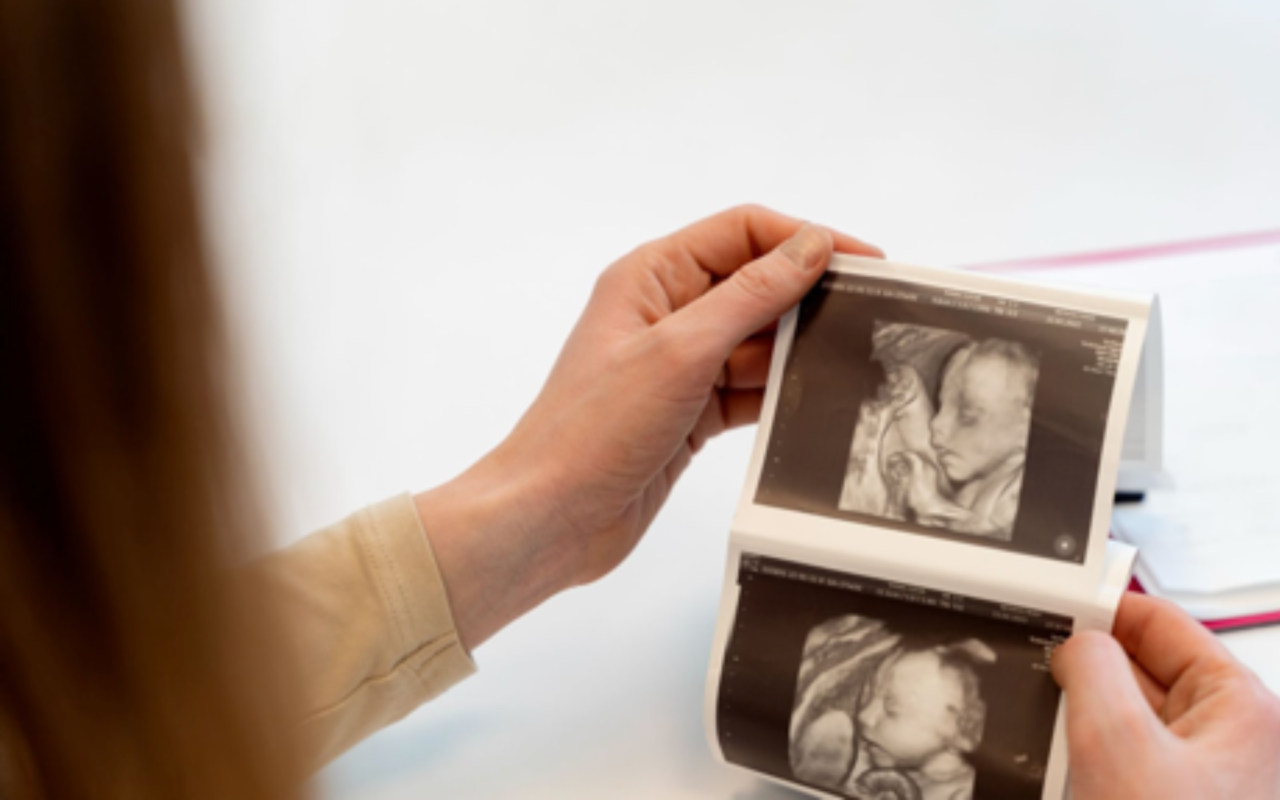Congratulations! You’ve reached the 36th week of pregnancy, a major milestone in your third trimester. You’re now just weeks away from meeting your baby. This stage is filled with excitement and anticipation, but it’s natural to have questions about what’s happening with your body and your baby.
In this comprehensive guide, we’ll walk you through your baby’s development, common symptoms you might experience, and helpful tips to ensure you’re fully prepared for the final stretch of your pregnancy.
Baby’s Development at 36 Weeks
At 36 weeks, your baby is making incredible progress, and their body is getting ready for life outside the womb.
1.Size and Weight
- Size: Your baby is about the size of a cantaloupe or large cabbage, measuring around 18 to 19 inches in length.
- Weight: Your baby weighs between 5.5 and 6 pounds, with additional fat being stored to help regulate body temperature after birth.
2.Key Developmental Milestones
- Brain Development: The baby’s brain is rapidly developing, becoming more active and responsive to external stimuli like light, sound, and touch.
- Lung Maturation: The lungs are now maturing, producing surfactant to assist with breathing once the baby is born.
- Fat Layers: Additional fat is accumulating beneath the skin, giving your baby a cute, chubby appearance and ensuring they stay warm after birth.
- Positioning: Many babies are now positioned head-down, preparing for delivery. However, if your baby is breech (bottom-down), your doctor may suggest exercises or external cephalic version (ECV) to encourage turning.
- Movements: Although space is tight, you will still feel regular movements, such as kicks and stretches.
- Pro Tip: Monitor your baby’s movements. If you notice a decrease in activity, immediately contact your doctor.
3.Maternal Symptoms and Changes
As you approach your delivery date, your body will undergo several changes to support your growing baby and prepare for labor.
Physical Symptoms
- Weight Gain: By now, you may have gained approximately 25 to 35 pounds.
- Discomfort: Expect back pain, pelvic pressure, and sore ligaments as your baby moves into position for delivery.
- Frequent Urination: As your baby’s head presses on your bladder, expect more frequent trips to the bathroom.
- Difficulty Sleeping: Physical discomfort and anxiety about labor may disrupt your sleep. Consider using pregnancy pillows to get comfortable.
Emotional Symptoms
- Excitement and Anticipation: It’s natural to feel a mix of emotions as the big day approaches.
- Nesting Instinct: Many women experience a strong urge to clean and prepare the nursery. This instinct is your body’s way of preparing for your baby’s arrival.
Signs of Labor to Watch For
As you get closer to delivery, you may experience several signs that labor is approaching:
1.Loss of the Mucus Plug
The mucus plug seals the cervix during pregnancy. Losing it can be a sign that your body is getting ready for labor, though it doesn’t necessarily mean labor will begin immediately.
2.Water Breaking
A sudden gush or steady trickle of fluid from your vagina could indicate that your amniotic sac has ruptured, which is a sign of labor. Contact your doctor immediately if this happens.
3.Regular, Intense Contractions
Unlike Braxton Hicks, true labor contractions are regular, become more painful, and do not go away with rest or changes in position.
Things to Do at 36 Weeks
Now is the perfect time to get organized and prepare for the arrival of your baby:
1.Prepare Your Hospital Bag
Pack essentials like clothing for yourself and the baby, toiletries, snacks, and important documents.
2.Review Your Birth Plan
Go over your birth preferences with your doctor, including pain management, delivery positions, and who you’d like in the delivery room.
3.Finalize Prenatal Appointments
Make sure to attend all remaining prenatal visits to monitor your baby’s health and positioning.
4.Self-Care Tips
- Manage Discomfort: Gentle stretching, prenatal yoga, and warm baths can help alleviate aches and pains.
- Stay Hydrated: Drink plenty of water to prevent dehydration, which can trigger Braxton Hicks contractions.
- Eat Nutrient-Dense Meals: Focus on foods rich in iron, calcium, and protein to sustain your energy levels.
- Rest When You Can: Take naps or lie down whenever you feel fatigued.
5.Track Baby’s Movements
- Though space is tight, you should still feel regular movements. If you notice a significant reduction in movement, contact your doctor immediately.
When to Contact Your Doctor
It’s essential to know when to reach out to your healthcare provider. Contact your doctor if you experience:
- Severe Swelling: In your hands, face, or feet, which could indicate preeclampsia.
- Persistent Headaches: That don’t improve with rest or hydration.
- Vision Changes: Such as blurriness or sensitivity to light.
- Vaginal Bleeding: Or any unusual discharge.
- Decreased Baby Movements: If you notice a significant reduction in fetal movements, consult your doctor immediately.
Trust your instincts. If something doesn’t feel right, don’t hesitate to seek medical advice.
Consult Dr. Namrata Kachhara for Expert Pregnancy Care
At the 36th week of pregnancy, you’re nearing the final stretch. It’s a time filled with anticipation, excitement, and a bit of anxiety. Focus on staying healthy, preparing for labor, and keeping a clear line of communication with your healthcare provider.
Dr. Namrata Kachhara, the best gynecologist in Indore, is here to offer expert care, personalized guidance, and unwavering support throughout your pregnancy journey.
Schedule an appointment today to ensure a healthy and smooth pregnancy journey as you prepare for the arrival of your little one!

